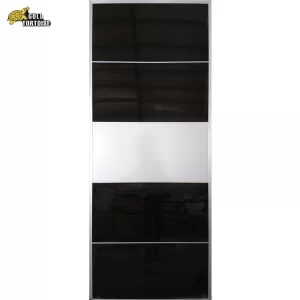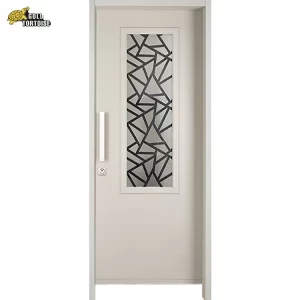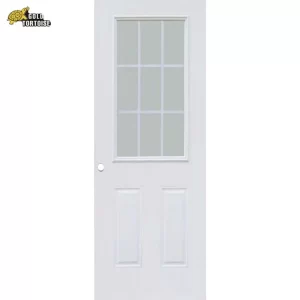Fire doors are designed to prevent the spread of fire, smoke, and toxic gases within a building. They’re an important part of passive fire protection systems and are strategically placed throughout the building to compartmentalize areas and provide safe escape routes.
While fire doors and normal doors may look similar at first glance, they actually have several significant differences that affect how they perform during a fire emergency.
One of the main features of fire doors is that they’re constructed from fire-resistant materials that prevent the door from warping or collapsing when exposed to high temperatures. The edges of the fire door will also have intumescent seals installed around it that will expand when exposed to heat, which then creates a tight seal that closes the gap between the door frame and the door itself. Smoke seals are also a common feature as they prevent the passage of smoke and toxic fumes.
It is not recommended to use a fire door as a normal door because it is not designed for everyday use. Fire doors are specifically designed to resist fire and smoke for a designated period of time, as indicated by their fire ratings. However, if you must use a fire door as a normal door, it is important to ensure that it is not damaged or modified in any way that could compromise its integrity. It is also important to ensure that it is not obstructed in any way that could prevent it from closing properly in case of an emergency.







